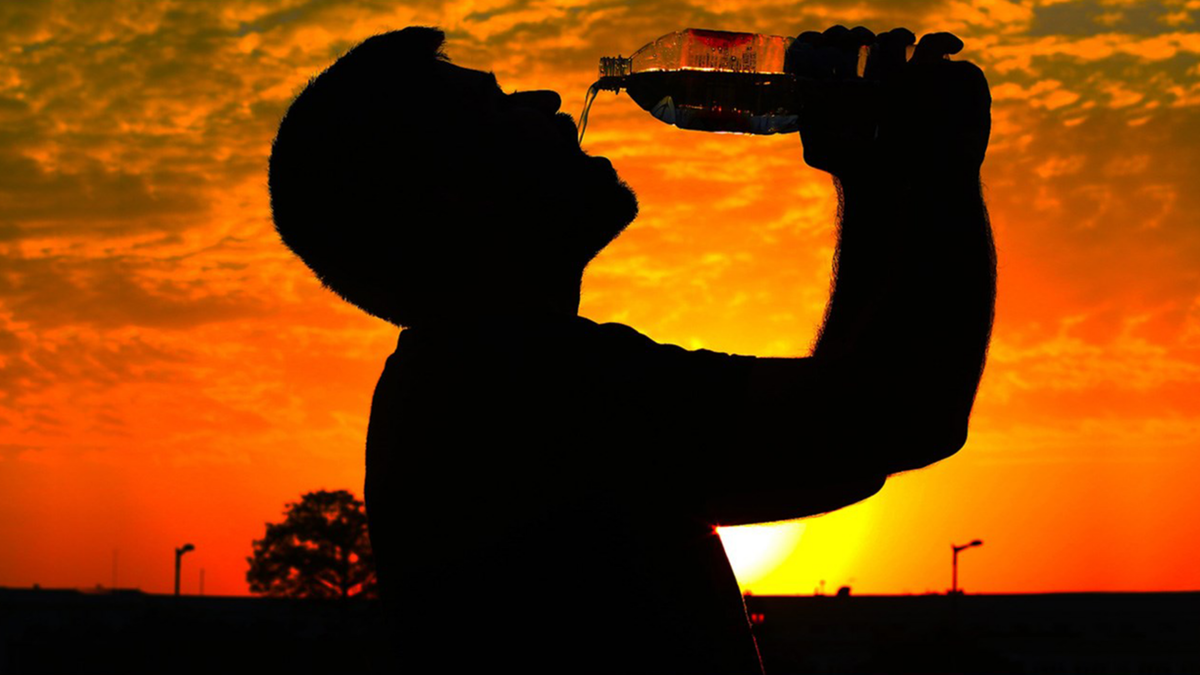Joshua Tree National Park rangers urge visitors to be prepared for high summer temperatures

Rangers at Joshua Tree National Park are urging visitors to take safety precautions when visiting the park during the summer season due to high temperatures, extreme ultraviolet rays, and harsh exposure.
Visitors of the park should plan ahead, be prepared and bring extra food and water. Hikers should use extreme caution and opt for shorter hikes. It is advised to avoid hiking between 10 AM and 5 PM when temperatures are at their peak.
"We ask that park visitors consider taking advantage of shorter trails closer to sunrise and sunset, stargazing under the dark night sky, and visiting the park's visitor centers and exhibits," said Anna Marini, coordinator for the Joshua Tree Preventative Search and Rescue (PSAR), a volunteer team that specializes in visitor education. "Please keep rescuers and yourself safe."
Members of PSAR spoke to nearly 2,500 visitors on the trails and at trailheads in June, pointing out significant safety concerns and providing helpful information on how to stay safe in the park during the summer.
The Joshua Tree National Park Search and Rescue (JOSAR), an all-volunteer team, has already responded to four heat-related illness callouts during the month of June between the peak heat hours of 10 AM to 5 PM. Two of these incidents were on trails longer than two miles, including 49 Palms and North View Trail.
The park can see temperatures as high as 120 degrees Fahrenheit in the summer. Temperatures in the triple digits have already been recorded in lower elevations. There is no water or shade inside the park.
The health effects of heat exposure can happen to anyone. Hiking in extreme heat can lead to serious health risks, including heat stroke, hyponatremia, and death. Signs of heat stroke can range from nausea, vomiting, headache and/or cramps, weak and rapid pulse, high body temperature, confusion, unconsciousness and/or seizures.



